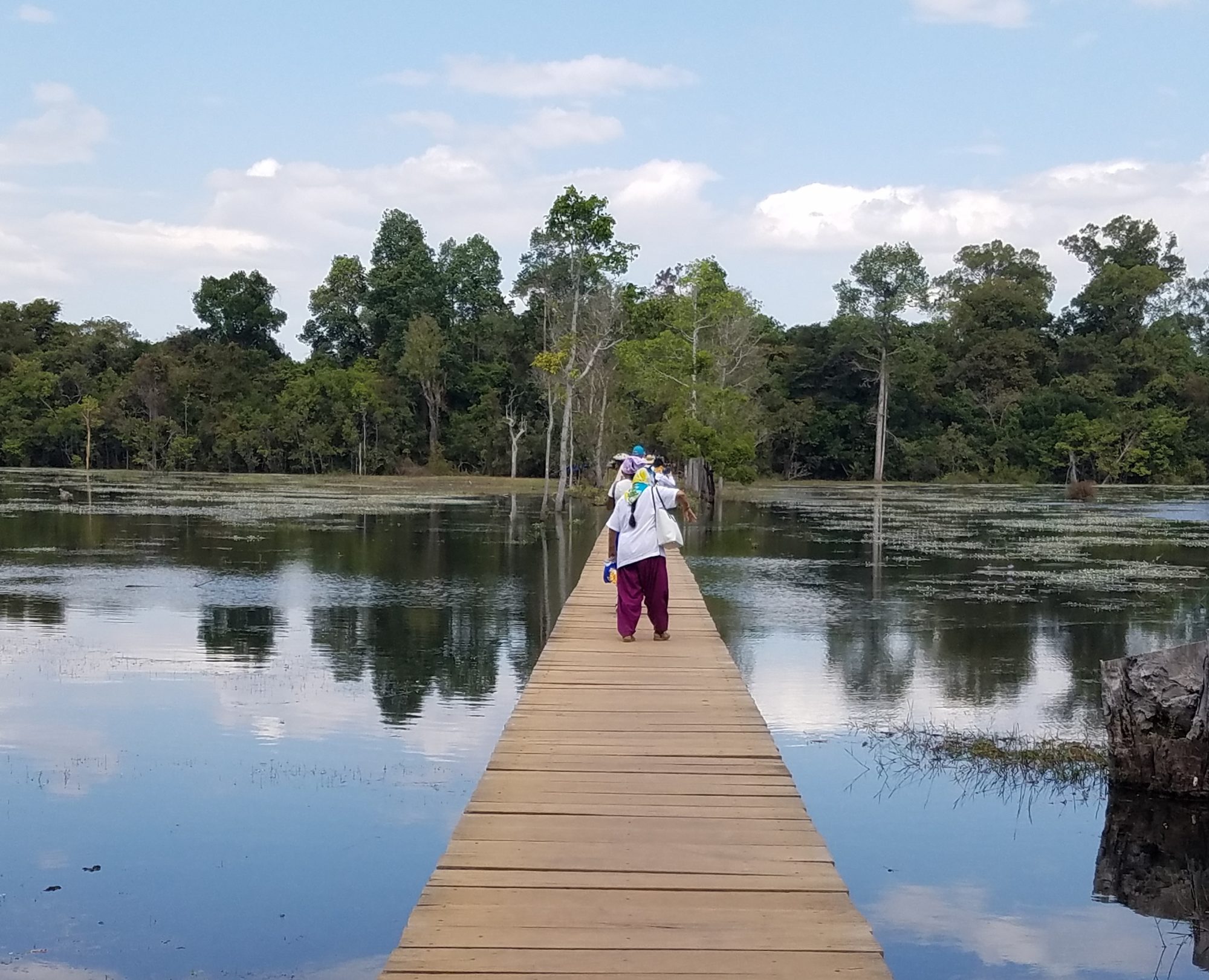One of my favorite things about living in Qingdao is its natural beauty. Qingdao is a peninsula, bordered by the Yellow Sea to the east and south, and Jiaozhou Bay to the west. In addition to the vast coastline, the city is bisected by a series of mountains.

The most famous mountain in Qingdao, by far, is Laoshan, or Mount Lao, located in the northeastern corner of the city. It is known as one of the birthplaces for Taoism and is the highest coastal mountain in China. There are numerous Taoist temples along the mountain, as well as a tree that is supposed to bring good luck to those that visit it. Mount Lao is also famous for its green tea and you can walk in the fields of tea leaves near the base of the mountain.



Nearby Mount Lao, lies Beijiushui, or the Northern Nine Waters, where the Baisha River cuts through smaller mountains, creating a series of beautiful waterfalls and ponds. From there, the mountains continue in a line, traversing the city in a southwesterly arc.



Located in the middle of the city, is Mount Fu, which makes for a really fun hike due to all of the tunnels and bunkers left by the Germans. These fortifications were built in the first decade of the 20th century by the occupying Germans and most likely meant to serve as a warning site for their British rivals. Both Japan, in their occupation, and the local Chinese continued to build out the bunkers and in World War II, they were used as an artillery depot. Many are still in good enough shape to walk through and you can find yourself crawling through stone passageways to a former gun turret location that looks out on the sea.




